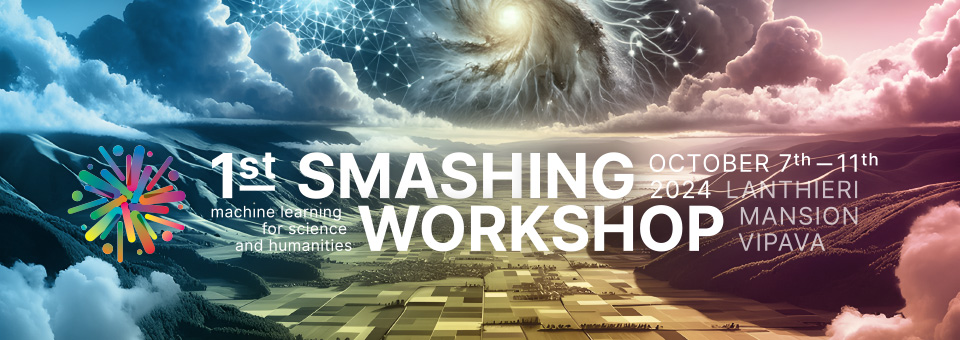Speaker
Description
One of the most challenging tasks in Numerical Weather Prediction (NWP) is forecasting convective storms. Data Assimilation (DA) methods improve the initial condition and subsequent forecasts by combining observations and previous model forecast (background). Weather radar provides a dense source of observations in storm monitoring. Therefore, assimilating radar data should significantly improve storm forecasting skills. However, extrapolation of rainfall patterns (nowcasting) from radar data is often better than numerical-model-based forecasting with DA in the first 2 or 3 hours (Fabry and Meunier, 2020). This is related to the fact that the radar data only provides information on the precipitation pattern and intensity in the area affected by the storm. Furthermore, it does not directly provide information on other variables that are strongly linked with the storm, such as temperature, wind, and humidity, either within the precipitation region or in the areas far from the storm.
One potential solution to this problem could be to use machine learning (ML) techniques to construct the DA observations operator to generate a model-equivalent of the radar data. In this approach, NWP model fields (temperature, wind components, relative humidity, precipitation) would serve as input and radar observations would be the output of an encoder-decoder neural network. The constructed observation operator would describe a non-linear relationship between the NWP model storm-related variables and radar observations, allowing radar information to be spread to other variables and potentially enhancing storm forecasting skills.

